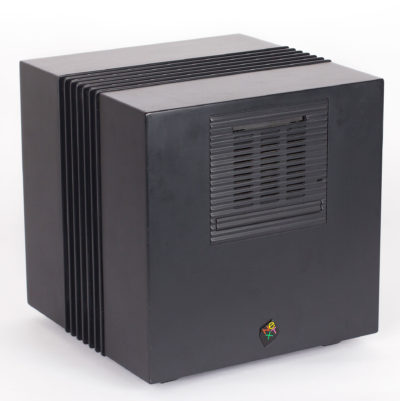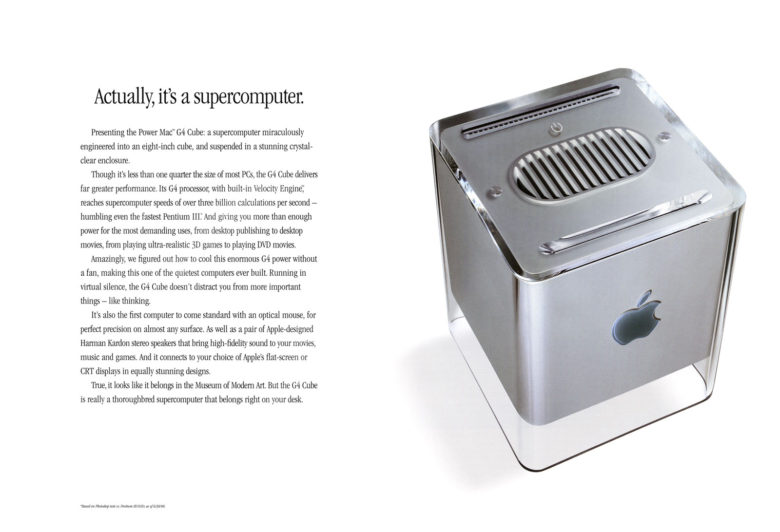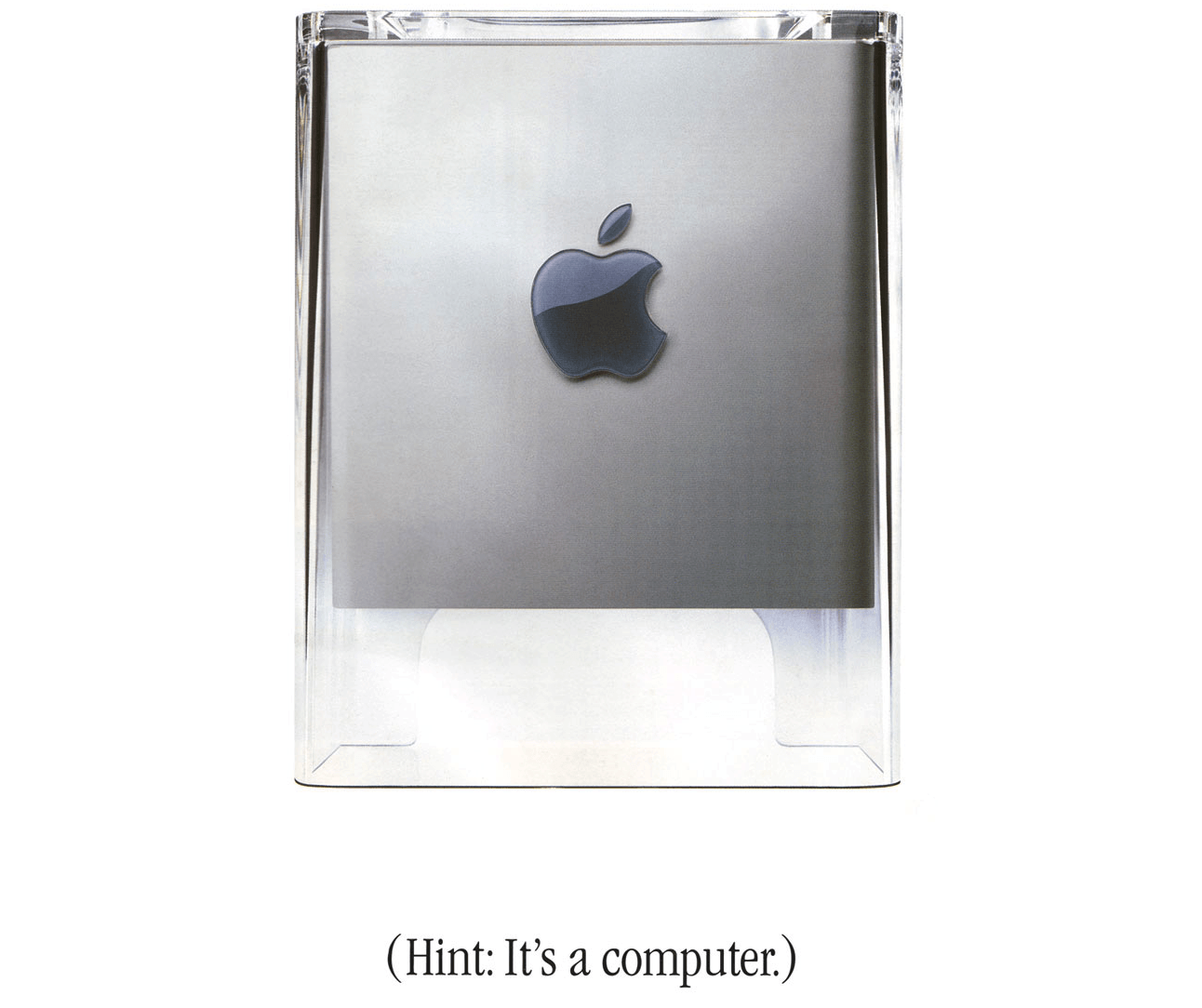 July 19, 2000: Apple launches its futuristic-looking Power Mac G4 Cube. The clear computer is one of the company’s most jaw-droppingly gorgeous machines, but ultimately becomes one of its biggest disappointments.
July 19, 2000: Apple launches its futuristic-looking Power Mac G4 Cube. The clear computer is one of the company’s most jaw-droppingly gorgeous machines, but ultimately becomes one of its biggest disappointments.
Technologically, the G4 Cube was a game-changer. Financially, it was one of Steve Jobs’ most notable failures.
Unlike the childlike, candy-colored iMacs Jobs had introduced upon his return to Apple, the G4 Cube had a sleeker, more austere industrial aesthetic that hinted at the minimalist, upscale design direction the company was heading in.
The idea of a cube-shaped computer was a theme Jobs returned to a couple of times in his career: He was always in search of the perfect Platonic form for a computer. The G4 Cube harked back to the NeXTcube — another computer that met limited commercial success — although it was a fraction of the size. (Jobs had worked on the NeXTcube during his wilderness years outside Apple.)

Photo: Wikipedia CC
Instead of being an ugly beige tower like rival PCs, the G4 Cube was a 7-inch-by-7-inch cube of clear plastic that appeared to be floating in midair thanks to a transparent base.
It wasn’t just the visuals that were impressive, either: The Cube operated in near total silence because it was cooled by air convection instead of a fan. Unlike the sealed-off Macs of the past, the G4 Cube’s internal components could be easily accessed through the bottom of the machine, complete with pop-up handle.
In terms of specs, the G4 Cube packed quite a punch. In some ways, it was a return to the “high right” market Apple had aimed for in the late 1980s and early ’90s, when Macs operated at the top-end of both the price and performance charts. The Cube started at $1,799 for a basic model with a 450-MHz G4 chip, 64MB of memory and 20GB of storage. A more expensive Apple online store exclusive — retailing at $2,299 — boasted a more powerful processor and extra storage and memory.

Photo: Apple
However, despite being revolutionary in its technology and appearance (the touch-sensitive power button was an early example of the tech Apple would later use for the iPhone), the G4 Cube proved to be a costly flop in the marketplace. Although Jobs called it “simply the coolest computer ever,” Apple only sold around 150,000 units total — just a third of what the company had forecast.
Along with the price point (the G4 Cube cost more than other Macs, and didn’t come with its own monitor), the G4 Cube also suffered a damaging PR blow when customers started reporting tiny cracks appearing in the clear plastic casing.
The G4 Cube was, in Apple’s words, “put on ice” on July 3, 2001 — just less than a year after it debuted.
While it has since gone on to become something of a cult hit among Apple fans, the Cube was ultimately replaced by another display-less Mac, the Mac mini, half a decade later. In contrast to the Cube, the Mac mini was aimed at a more budget-conscious consumer.
Do you remember the G4 Cube? Leave your comments and recollections below.


